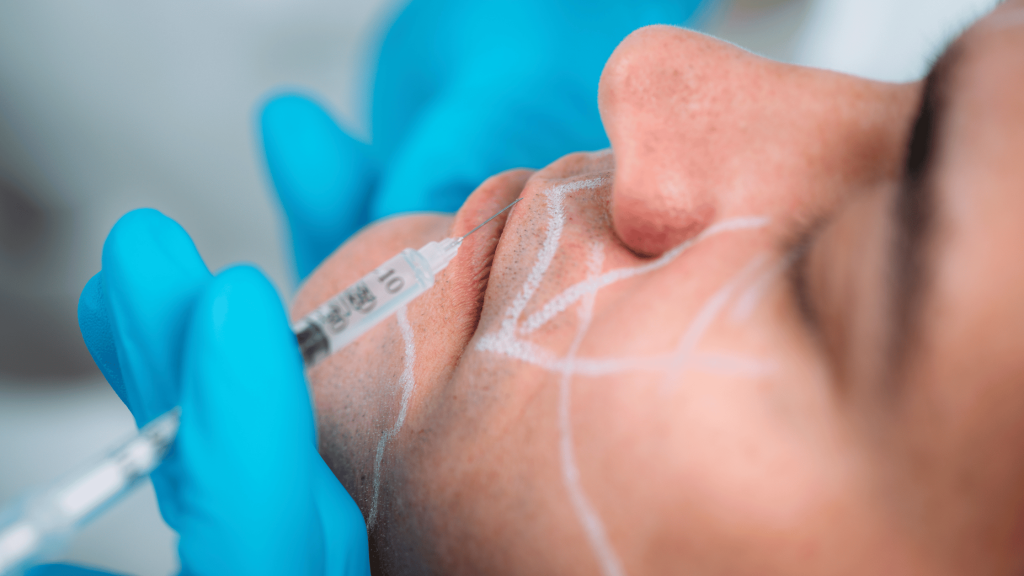
In recent years, dermal fillers have soared in popularity across the UK, offering an accessible method to rejuvenate the skin, eliminate wrinkles, and restore lost volume. While it’s a generally safe procedure when done by professionals, like all treatments, there can be side effects. One concern some individuals face post-procedure is excessive bleeding. So, how can you ascertain if you’re bleeding too much after a dermal filler? Let’s delve into this.
Understanding Normal Side Effects
After receiving dermal fillers, some level of bruising or bleeding is normal. Tiny puncture wounds from the needle can lead to:
- Slight bleeding at the injection site.
- Mild swelling.
- Tender areas around the injection site.
- Temporary redness.
Signs of Excessive Bleeding
While the aforementioned symptoms are typical, it’s essential to distinguish between regular side effects and signs of complications. Excessive bleeding might manifest as:
- Continuous bleeding from the injection site which doesn’t cease after applying gentle pressure.
- Large or growing haematomas (collections of blood outside the blood vessels).
- Expanding areas of redness or purplish discolouration.
What to Do If You Suspect Excessive Bleeding
If you believe you’re bleeding too much:
- Apply Gentle Pressure: Using a clean cloth or bandage, apply gentle pressure to the area.
- Avoid Intense Physical Activity: This can increase blood flow and worsen bleeding.
- Contact your practitioner: They can provide guidance tailored to your situation. If you can’t reach them, consider seeking medical attention.
Prevention is Key
To reduce the risk of bleeding:
- Discuss any medications or supplements with your practitioner, especially those that can thin the blood.
- Avoid alcohol for at least 24 hours before your procedure.
- Follow post-procedure care instructions diligently.
When to Seek Medical Attention
If you’re concerned about the amount of bleeding or if you experience other symptoms like severe pain, vision changes, or white areas around the injection site, seek medical attention immediately. These could be indicative of rarer, more severe complications.
Conclusion
While dermal fillers are a trusted solution to skin ageing concerns, it’s vital to be informed about potential side effects. Knowing the difference between common post-procedure symptoms and signs of complications ensures you remain safe and enjoy the benefits of your treatment.
Related Links:
Faces | Are Dermal Fillers Really Painful?
Faces | Do Dermal Fillers Look Better Over Time?